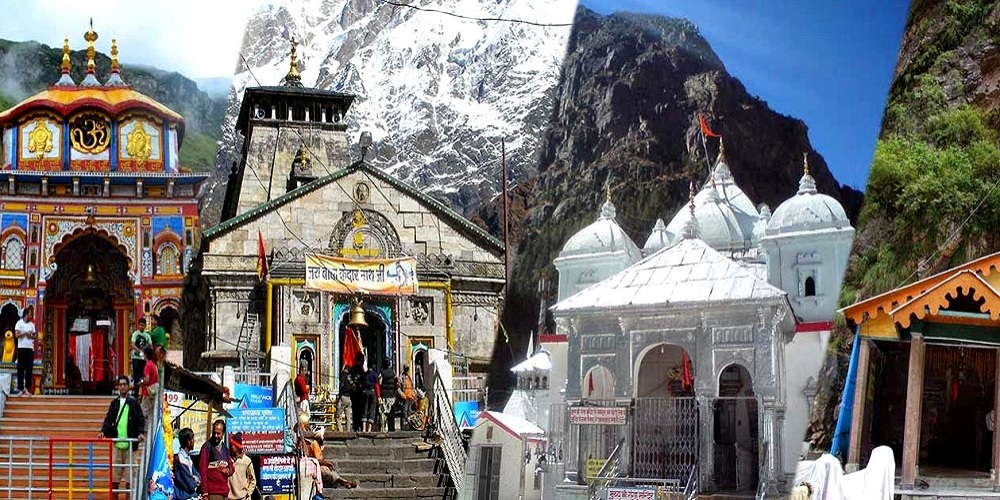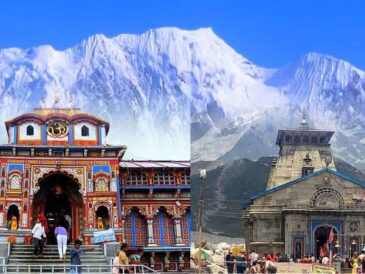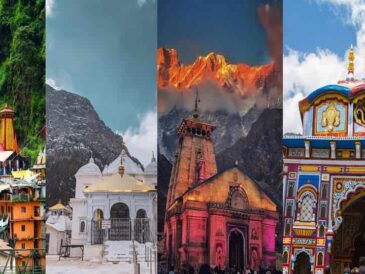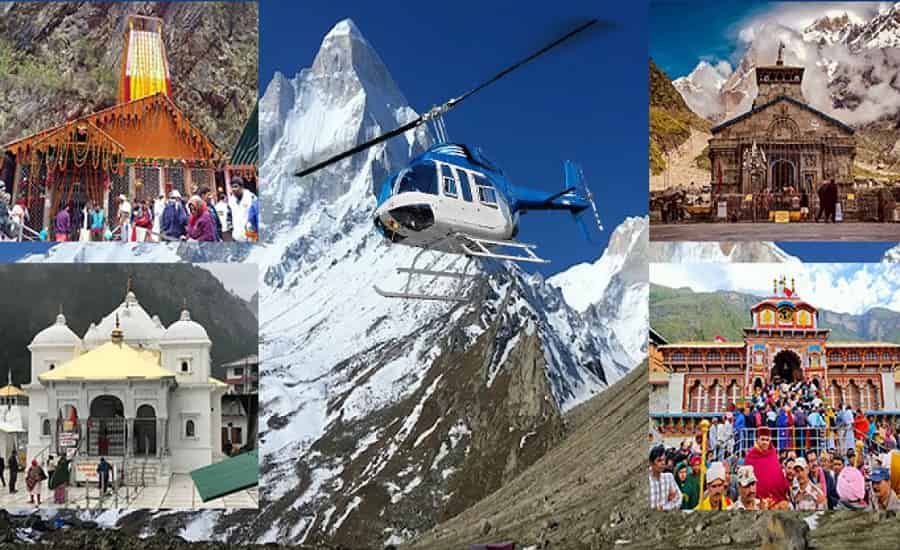The Chardham Yatra, a sacred pilgrimage in the Indian state of Uttarakhand, involves visiting four holy shrines: Yamunotri, Gangotri, Kedarnath, and Badrinath. This journey is a deeply spiritual experience and requires careful planning to ensure a smooth and fulfilling pilgrimage. Here’s a comprehensive guide to help you plan your Chardham Yatra effectively.

1. Understanding the Chardham Yatra
The Chardham Yatra is considered one of the most auspicious pilgrimages in Hinduism. The four shrines are:
- Yamunotri: The source of the Yamuna River, dedicated to Goddess Yamuna.
- Gangotri: The source of the Ganges River, dedicated to Goddess Ganga.
- Kedarnath: A prominent Shiva temple, located near the Kedarnath peak.
- Badrinath: Dedicated to Lord Vishnu, situated in the backdrop of the Neelkanth Peak.
The pilgrimage is typically undertaken between late April and early November, when the routes are open and weather conditions are favorable.
2. Research and Preparation
a. Physical Fitness
- Trekking and Altitude: The journey involves trekking at high altitudes. Ensure that you are physically fit and prepared for long treks and high-altitude conditions.
- Medical Check-Up: Consult a physician before undertaking the journey to check for any health concerns related to altitude.
b. Permits and Regulations
- Permit: Some areas require permits for foreign nationals. Ensure you have the necessary permissions and visas if you are not an Indian citizen.
- Travel Insurance: Obtain travel insurance that covers medical emergencies, evacuation, and trip cancellations.
c. Choosing the Right Time
- Weather Conditions: The best time for the Chardham Yatra is from late April to early November. Avoid the monsoon season (June to August) due to the risk of landslides and heavy rainfall.
- Crowd Management: Peak season can be crowded. If you prefer fewer crowds, consider traveling in the shoulder months of late April or early November.
3. Itinerary Planning
a. Duration
- Minimum Duration: The trip generally takes about 10-12 days, depending on the route and pace. A typical itinerary could be:
- Day 1: Arrival in Haridwar
- Day 2: Haridwar to Yamunotri
- Day 3: Yamunotri to Uttarkashi (Gangotri visit)
- Day 4: Uttarkashi to Gangotri and return
- Day 5: Uttarkashi to Kedarnath
- Day 6: Kedarnath
- Day 7: Kedarnath to Badrinath
- Day 8: Badrinath
- Day 9: Badrinath to Haridwar
- Day 10: Departure from Haridwar
b. Route and Transport
- Road Travel: The primary route involves road travel from Haridwar or Rishikesh to the four shrines. Ensure your vehicle is in good condition and well-equipped for hilly terrain.
- Helicopter Services: For Kedarnath, you may opt for helicopter services to reduce travel time and physical exertion.
- Local Transport: Use local taxis or hired vehicles for short distances between destinations.
c. Accommodation
- Types: Accommodation ranges from budget guesthouses to luxury hotels. In remote areas, lodging may be basic, so be prepared for simplicity.
- Booking: Book your accommodation in advance, especially during peak seasons, to avoid last-minute hassles.
4. Packing Essentials
a. Clothing
- Weather-Appropriate Gear: Pack warm clothing, including thermal wear, especially for Kedarnath and Badrinath. Rain gear and layered clothing are essential.
- Footwear: Comfortable and sturdy trekking shoes are crucial.
Suggested Tour:
b. Health and Safety
- First Aid Kit: Include medications for altitude sickness, pain relief, and general health.
- Water and Snacks: Carry high-energy snacks and water purification tablets for remote areas.
c. Documents and Essentials
- Identification: Carry valid ID proof and a copy of your travel insurance.
- Money: Keep enough cash as ATMs may not be available in remote areas.
5. Navigating the Pilgrimage
a. Local Culture and Etiquette
- Respectful Behavior: Follow local customs and show respect at the shrines and in the local communities.
- Dress Code: Dress modestly while visiting the temples and during religious activities.
b. Health Precautions
- Altitude Sickness: Acclimatize properly and take it slow to avoid altitude sickness.
- Hydration: Drink plenty of water to stay hydrated and avoid dehydration.
c. Safety Measures
- Weather Updates: Keep an eye on weather forecasts and road conditions. Be prepared for sudden changes.
- Emergency Contacts: Have contact details of local authorities and emergency services.
6. Spiritual Preparation
a. Mental Readiness
- Mindset: Approach the pilgrimage with a calm and spiritual mindset. The journey is as much about inner transformation as it is about visiting the holy sites.
- Prayer and Meditation: Incorporate prayer and meditation into your preparation to enhance your spiritual experience.
b. Pilgrimage Rituals
- Puja and Offerings: Familiarize yourself with the rituals and offerings at each shrine.
- Spiritual Guides: If needed, hire a local guide to assist with rituals and provide insights into the significance of the shrines.
7. Post-Yatra Considerations
a. Reflection and Gratitude
- Journaling: Keep a journal of your experiences and reflections during the journey.
- Sharing Experiences: Share your experiences with family and friends, and consider giving back to the local communities as a gesture of gratitude.
b. Health Check-Up
- Post-Trip Health: After the pilgrimage, consult a doctor to ensure that you are in good health, especially if you experienced any health issues during the trip.
c. Preserving Memories
- Photographs and Souvenirs: Collect souvenirs and photographs to remember your journey. However, respect the sanctity of the pilgrimage sites by avoiding inappropriate photography.
Conclusion
Planning the Chardham Yatra involves meticulous preparation, from physical fitness and route planning to packing essentials and spiritual readiness. By following this comprehensive guide, you can ensure a fulfilling and spiritually enriching pilgrimage. Remember to stay flexible and adaptable, as unforeseen circumstances may arise. The Chardham Yatra is not just a physical journey but a profound spiritual experience that, with proper planning, can be deeply transformative and memorable.


